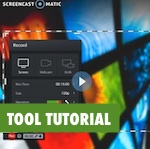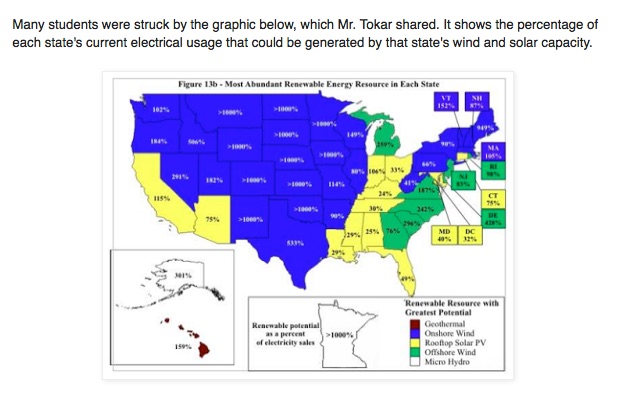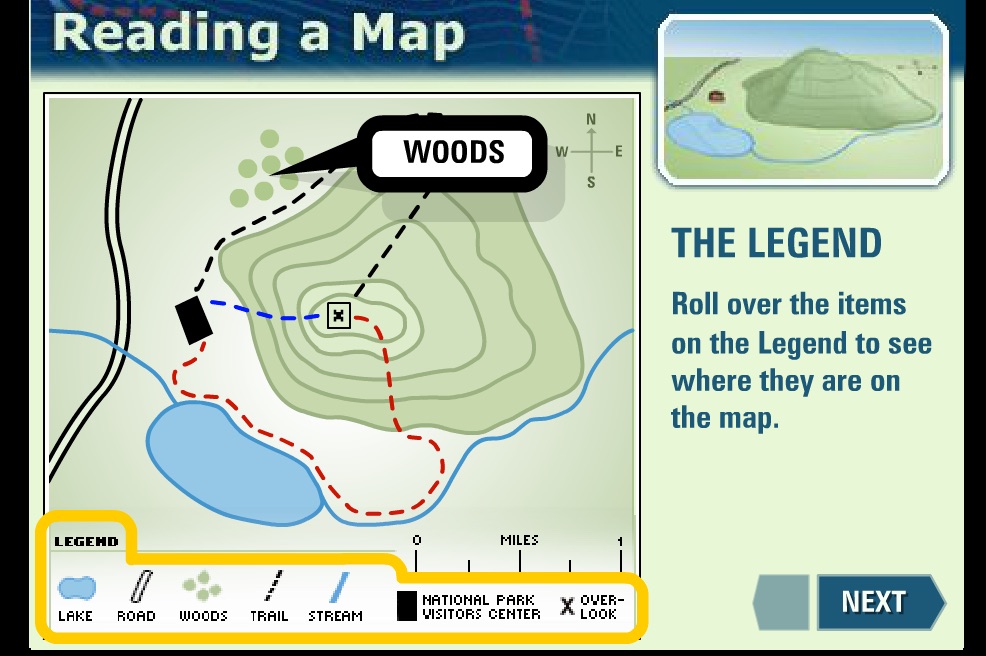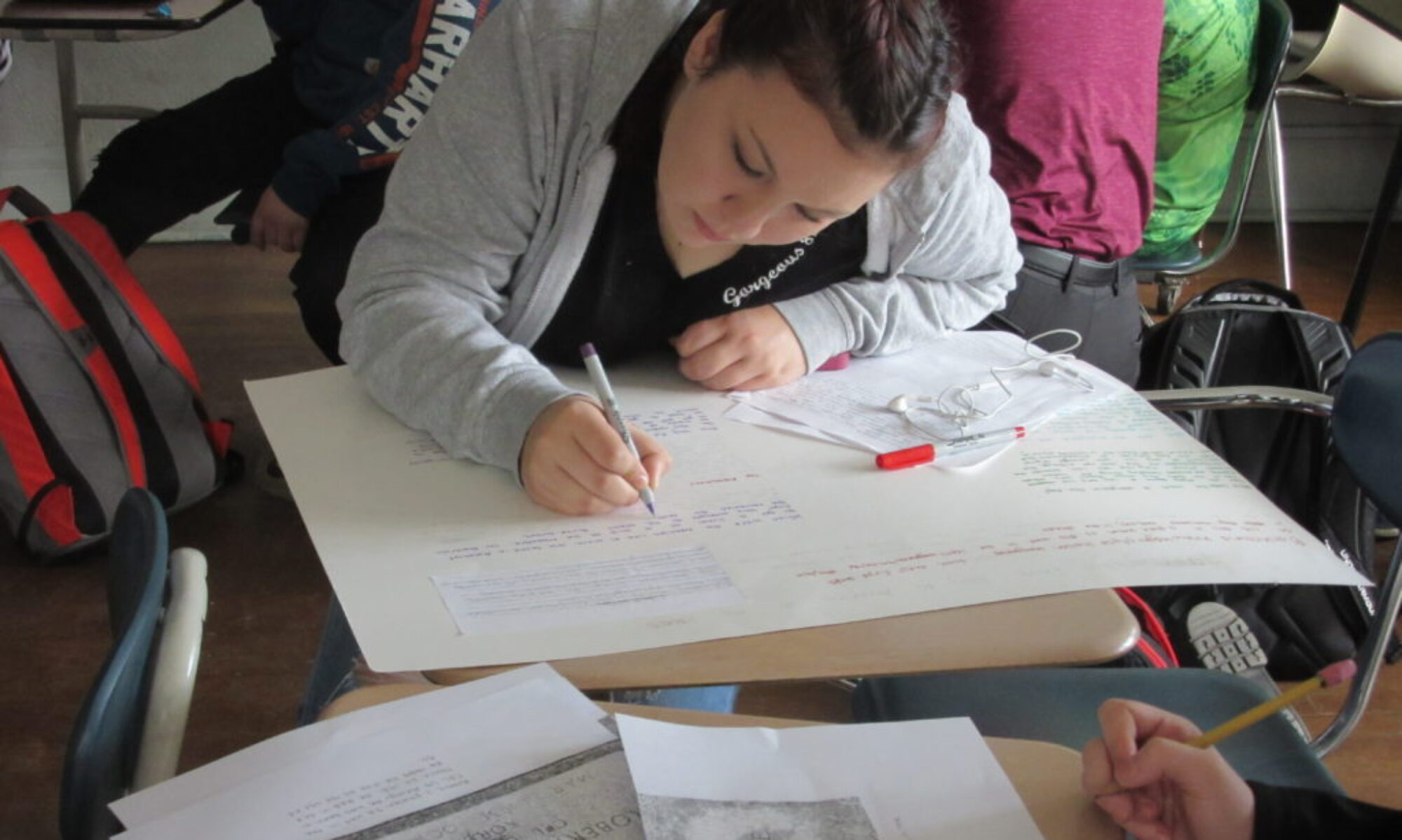Revisiting the possibilities of student-created geographies
 The rate at which technology changes has reached a dizzying speed, with new tools and platforms emerging constantly. But what hasn’t changed is students’ curiosity about the world and their need to explore their own place in it. Young adolescents in particular, burn with the urge to make and personalize. So what does it look like to tap into that urge as it pertains to physical landscapes?
The rate at which technology changes has reached a dizzying speed, with new tools and platforms emerging constantly. But what hasn’t changed is students’ curiosity about the world and their need to explore their own place in it. Young adolescents in particular, burn with the urge to make and personalize. So what does it look like to tap into that urge as it pertains to physical landscapes?
Yes indeedy, folks, it’s time once again to talk place-based learning and edtech.
Why “place-based learning + edtech”? Why not just place-based learning on its own?
Because technology allows us to create stunning visual representations of data. UVM professor Brian Tokar recently visited Hazen Union School to share map-based data relating to the possibilities inherent in renewable energy nationwide. Hazen educator Sean M reported that the map below struck a particular chord with students:
 Technology can be powerful in explaining how to build maps: check out this Flash-based tool that unpacks what goes into reading and making maps, made by the National Park Service:
Technology can be powerful in explaining how to build maps: check out this Flash-based tool that unpacks what goes into reading and making maps, made by the National Park Service:

Web 2.0 tools give us unprecedented access to large amounts of data that can add specific meaning to a geographical area. And the expanded access of 1:1 programs give students access to the tools to obtain and explain both the data and its relationship to the landscape. Even better, they can use these tools to explain their own relationship to both, and capture their thinking in a piece that can be added to their personal online portfolio or shared out with a larger online community to create an authentic impact.
DIY maps: get out there and plot, people
Google Maps is a wonderful tool that lets you mark up a complete landscape with very little training, but don’t feel limited to using other people’s maps. Plot your own map of your school or community and digitize it: draw it in Google Sketch-Up, or even on a piece of paper you scan in and promptly Thinglink all over.
Students at The Cabot School used Thinglink with Google Docs and iMovie in teams to mark up a various regions of a map of the United States:
See if someone in the community will help your students capture some aerial footage to check their map against or take stills from. Imagine taking stills from this video and stitching them together to create a map of Lake Champlain near Swanton:
5 ideas for implementing interactive map tools
So many options! Let’s organize.
1. Tell your stories
What would it look like to map out a month of Vermont Edition stories? That would be an amazing way to gather and analyze freely available data — namely the stories produced by the good folks at VPR. Then take it all a step further:
- Which towns or counties feature in the most stories?
- What are some popular themes you’re hearing in these stories? Can you create map layers that show the relative distribution of stories by theme?
- Have students produce their own “Vermont Edition” stories to add to the map.
- What about following up with some of the people or organizations in the stories?
2. Art + history + community
So much public art is temporary, either by circumstance or design. But capturing it on a map can add a powerful interdisciplinary story to your community. Go out and take photos of public art and combine them with interviews with the artists or with public reactions to the piece, both positive and negative. Research what art used to be on display in your community, and who made it and what your town looked like while it existed.
Or start this as a tradition at your school. Shelburne Community School recently ran an arts and citizenship unit that resulted in a stunning gallery of student art augmented by QR codes with the artist’s reflections. Eventually that art will come down and new student-made pieces will replace it. But what about documenting each successive gallery as a timeline of the creative outpouring at the school?
3. Reading logs get geographical
Edmunds Middle School students use Google Forms to keep track of the books they’re reading. Add a column in the resulting sheet for Location (either by state or country) and plot the results. You can do this on a Google Map or onto a Thinglink to see where you’ve read.
Or flip the whole thing on its head and ask students to plan out a tour. They can add actual books along the way as “guidebooks”.
4. Map what motivates you
 Your students are all passionate about something. As a result, they can visualize and analyze data relating to 99% of those things with maps. And a lot of those things can have real-world impact. Check it out:
Your students are all passionate about something. As a result, they can visualize and analyze data relating to 99% of those things with maps. And a lot of those things can have real-world impact. Check it out:
- Restrooms in North Carolina that support transgender safety
- Places you can breastfeed your baby in New York City
- Someone needs to map out these beautiful beautiful directions for Vermont bike tours
- Where food banks are located in Vermont
And of course, maps like the ones Professor Tokar shared with Hazen, showing the relationship between different data points across a large area.
5. Take a small piece of the data and think about how your students could customize it based on what they’re interested in learning or describing about their world.
Map duck blinds.
Map gardens.
Map the relative prices of a 500g hank of Vermont-produced fingering weight yarn.
Go crazy on the z-axis and map the historical occurrence of lightning strikes in a particular area.
Map virtual worlds: one of the chief complaints by gamers who play the popular video game Destiny is the game’s lack of maps, which makes game play repetitive and/or harder than it needs to be. So users have taken it upon themselves to make their own maps of the game world, which they then share with other players in online forums.
Now everyone sing along:
I’m an inveterate map nerd descended from map nerds with geography degrees: Which interactive map tools are you currently enjoying nowhere near the classroom?


5 ideas for implementing interactive map tools https://t.co/cKBIjHc77S https://t.co/Ad8zSFQVh3
Looking at why and how to use interactive map tools to create deeper place-based learning lesso.. https://t.co/FQXza2ENSH #Disrupt
RT @innovativeEd: 5 ideas for implementing interactive map tools https://t.co/cKBIjHc77S https://t.co/Ad8zSFQVh3